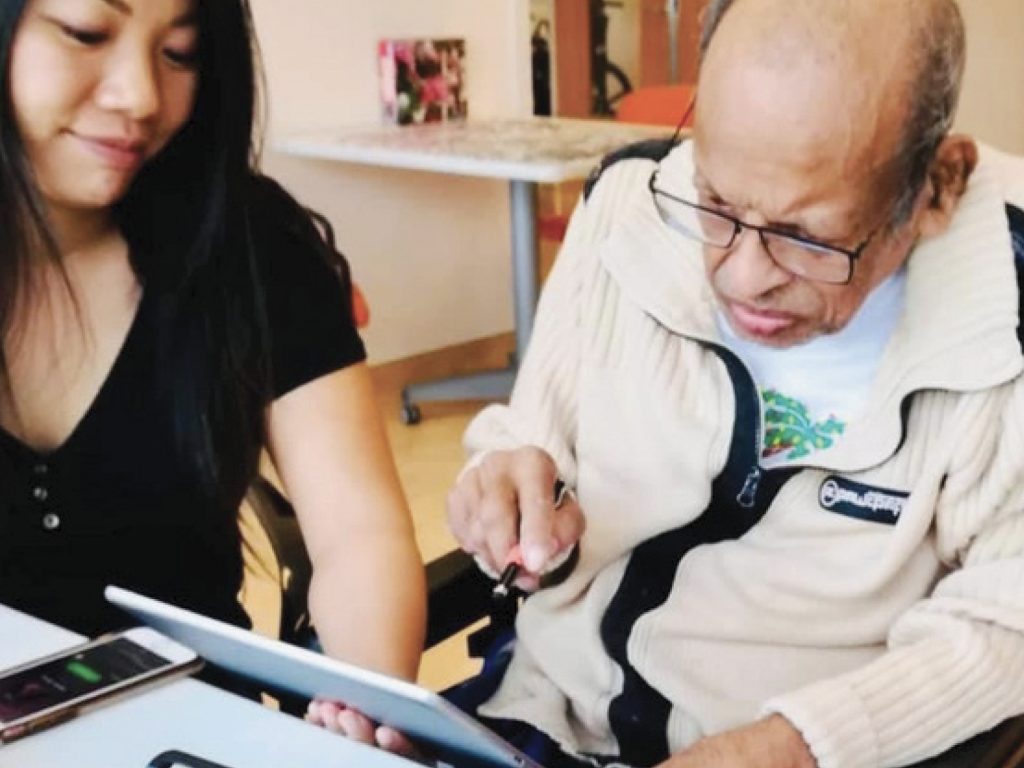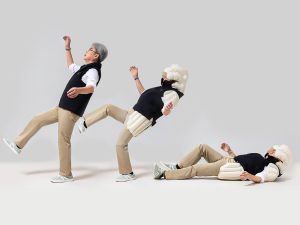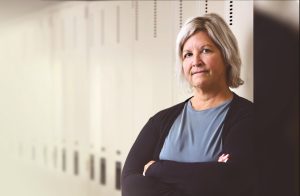A look at making communication more accessible for all
Support for those living with autism, stroke, traumatic brain injury or intellectual and developmental disabilities, accessibility for those who cannot speak are often overlooked, not available or inadequate. Rehab and Community Care Medicine interviewed Board Certified Behaviour Analyst, Ling Ly Tan for her insights on what needs to happen to improve language, speech and literacy for millions of Canadians.
Q) Can you tell us about your experience working with adults and children?
A) For over 20 years my role has been to deliver behavioural interventions for people with autism and developmental disabilities The majority of my clinical experience involves Augmentative and Alternative Communication (AAC) implementation and staff training to help clients develop functional communication, language, literacy and speech.
My mission is to empower the lives of people with disabilities by delivering an augmentative and alternative communication (AAC) system that is easy to navigate, incorporates behaviour analytic approaches to language development, engages parents and caregivers, and employs data-driven technology to improve outcomes for people with complex communication needs.
Q) This is thought to be a growing field. How so?
A) There are many disabilities that impact speech. Take a look at the statistics:
Dementia & Neurodegenerative
–Expected to increase by 66% in 2031
–North America: 6.2 million
– Worldwide: 50 million
– +10M annually
Developmental Disabilities
– 1-3% prevalence rate
– North America: 7.36 million
– Worldwide: 156 million
Post Stroke Aphasia
– 30% of stroke survivors
– North America: 7M + 800K annually
– Worldwide: 80 million
– + 15 million annually
Acquired by Brain Injury
– 60% dysarthria (onset)
– North America: 5 million, +1.5M annually
– Worldwide: 69 million annually
Autism
– 1-2% prevalence rate, 1 in 36
– 30–50% are candidates for communication systems due to lack of speech.
– North America: 2.2 million
– Worldwide: 46.8 million
Deaf
– North America: 1.35 M
– Worldwide: 466 M

There’s an urgent need for not only intervention but innovation With the aging population and more adults and children being diagnosed with autism, aphasia and brain injuries the demand for assistive communications technologies and behavioural health services is expected to quadruple in the next 5 years.
Q) Are there enough trained health professionals available to meet the surging demand?
A) Yes, according to experts, there’s a definite shortage Along with this surging demand we’re seeing an overwhelming number of speech language pathologist’s whose complex case loads are way too heavy. Also, many lack the necessary augmentative and alternative system knowledge to successfully support their clients whose speech has been affected.
Q) Many communication devices aren’t used as prescribed. Is this an issue?
A) Unfortunately, data shows us that 60% of users abandon their communication device within the first year. They quit due to lack of good instruction for their communication partners (parents, teachers professionals), difficulty using the technology, and inadequate follow up.
Q) Patients also weren’t getting the desired outcomes for some patients. What was missing?
A) For successful adoption and use of assistive communication technology software needs to be: 1) Personalized and easier to navigate. 2) Able to provide data and progress reports from data -driven could improve outcomes 3) Offer effective training solutions for client’s, teachers, caregivers and clinics alike.
Q) Your team has developed Linggo that uses AI to help fill the gap. Can you tell us about that?
A) Linggo is an evidence-based, person-centered communication app that’s supports speech and literacy. Its’ capacity and value really grows with the child’s acquisition or adult’s relearning of language. It also offers data collection and progress reports to improve outcomes. And a huge plus, we pride ourselves on the development of a very effective communication partner app for training and ongoing support of parents, teachers and others on the team.
Q) Can you give us some examples of how Linggo is being used?
A) Our ground-breaking software runs on both Apple and PC and is being trialed by groups in both Canada and US with excellent early results. Some of our partners include: Acapela Group, Centre for Aging Brain Health Innovation Powered by Baycrest, Ontario Bioscience Innovation Organization, Seneca, Smile CDR, Tecla, Tobii Dynavox, Elemenoe Speech, Language, Behaviour and Learning, Evergreen, Side by Side Autism Therapy, Superminds and Two Can Talk.
Q) Are you considered a technology start-up?
A) Very much so. We’re self-funded and have a few loyal early stage investors. It’s an exciting time for us with huge potential to help hundreds of thousands of people who are currently unable to speak.
Ling Ly Tan, M.ADS, BCBA is a Board Certified Behaviour Analyst and Ontario Autism Program Clinical Supervisor. For the last 5 years, she served as Co-chair for Seneca College’s Program Advisory Committee and has taught courses in applied behaviour analysis(ABA). Ling also delivers parent training workshops. www.linggo.com














